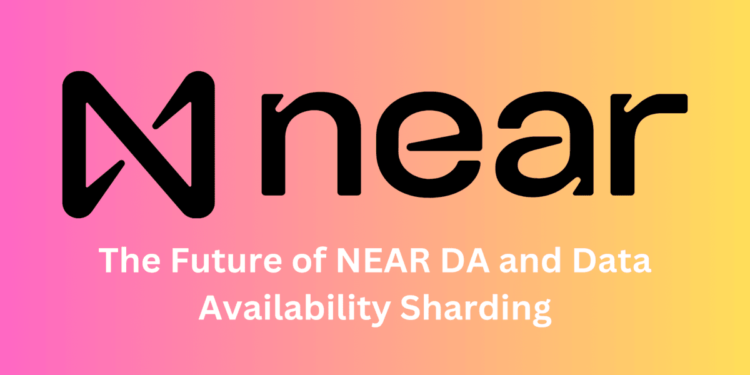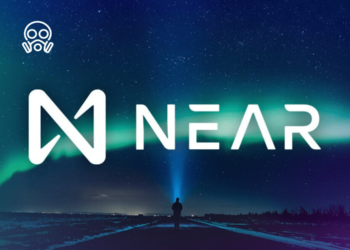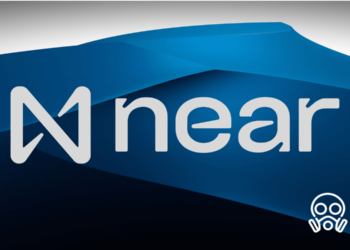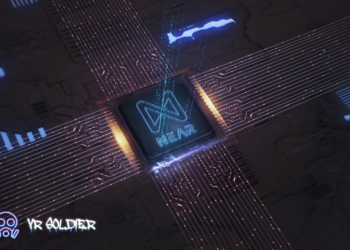NEAR Protocol’s Engineering team recently revealed the shift towards stateless validation, the subsequent stage of sharding. This will further diminish the hardware requirements of specific validators (chunk validators) and transfer the state into memory, enabling more shards and enhancing decentralization by reducing the conditions to become a validator in the system. This implies that the shard count will rise, significantly boosting the overall throughput of the Protocol. Although the system is already swift, with 4 MB/s per shard with 4 shards, progressing towards n shards implies that rollups, applications, and any other project or developer using the protocol will not need to vie for blockspace. This stands in stark contrast to the scaling limitations of both monolithic systems and the modular ETH ecosystem, providing significant future-proofing for anyone constructing on NEAR, including NEAR DA users.
NEAR DA and Sharding: Future-Proofing Scalability
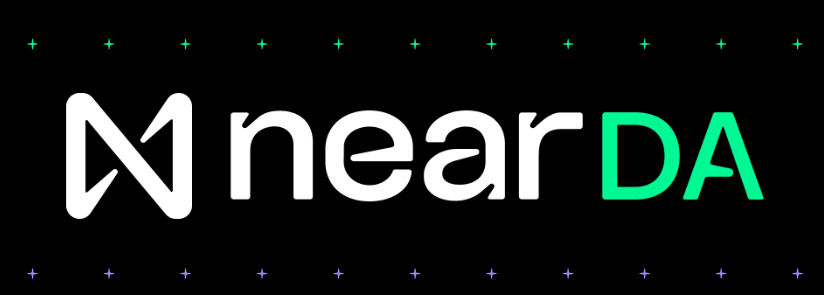
As the NEAR Protocol starts augmenting the shard count to n, the volume of data to be stored for a single shard dwindles. Ultimately, in theory, every account on the NEAR Protocol could potentially become its own shard. This enables the operation of very light RPC nodes that would only monitor the shard that a specific user is interested in.
For L2s utilizing NEAR DA, this would entail operating an in-memory RPC client that would exclusively monitor the shard that your data blob contract is in for your retention period (for fraud proofs), or for a specified time interval (retention is configurable on the RPC nodes). Instead of relying on data availability sampling (DAS), a rollup can depend on its own shard by employing a lightweight RPC through Data Availability with Sharding. The additional advantage here is that the RPC is also implementing the chunks they are monitoring, essentially serving as a validator without participating in the consensus, in contrast to statistical confidence with DAS.
The Goal: Mainstream Adoption of Web3
While Data Availability Sharding remains in the exploration phase of development, it highlights the significant benefits the NEAR Protocol design provides to various builders and ecosystems. As the Web3 space strives for mainstream adoption, the scalability challenges of the initial ten years of Ethereum will seem trivial, and it is uncertain whether modularity alone will resolve the problem. The ecosystem’s objective of mainstream adoption of Web3 means the network is open for all builders to utilize for crafting exceptional applications and delivering the next generation of the internet.
NEAR: Swift, Economical DA
As Web3 adoption expands and the number of rollups continues to rise, the necessity to scale the modular scalability solutions becomes more pronounced. NEAR offers its innovative, dependable technology as a data availability solution for rollups that can economize time and money while safeguarding projects for an increasingly multichain (and cross-chain) future. The cutting-edge research steering the future evolution of NEAR DA will provide rollups with even more advantages over time. Interconnecting and consolidating Web3 through chain abstraction will be a major theme of 2024, and employing NEAR DA places rollups at the forefront of this evolution.

